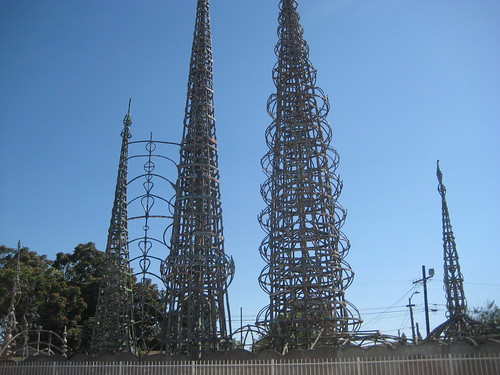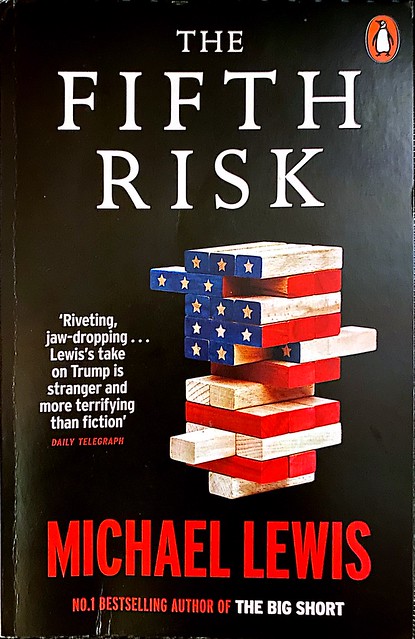Exclusive: China preparing an antitrust investigation into Google – sources | Reuters – it would be interesting to see how a Chinese antitrust investigation into Google would play out. I could understand an antitrust investigation being put on the table of the politburo, I am less sure how it would work. Chinese companies need Google advertising, whereas Google is shut out of the Chinese market already. Google could turn around and tell them to do one; it would lose one R&D centre. A bigger issue might be the forced rejigging of its Google Home | Nest product supply chain. I suspect an antitrust investigation into Google is more likely to happen in the US than China
Behind China’s Decade of European Deals, State Investors Evade Notice – WSJ – the EU needs to wise up
Are Luxury Brands Losing The Battle Against Alibaba’s Counterfeiters? | Jing Daily – of course Alibaba can’t be trusted (and neither can Amazon)
The perils of life in Beijing’s backyard | Financial Times – while it is all too easy to stereotype China and its companies as pantomime villains, Hiebert is skilled at teasing out the nuances and ambiguities, including local elites who have welcomed Chinese money, sometimes under corrupt circumstances. For south-east Asian countries, Beijing has proved a more predictable partner than the US, continuing business as usual with Myanmar when it faced isolation under its former military dictatorship, then more recently when it faced international condemnation for the military crackdown on the Rohingya. Beijing continued military sales to Thailand after the most recent coup in 2014
American Engagement Advocates Sold a Dream of Changing China – efforts to downplay the missionary impulse of engagement with China amount to historical gaslighting, an attempt to retcon the record to conceal the extent of failure. During the Cold War, American leaders justified engagement with China as reining in China’s revolutionary foreign policy, establishing a stable bilateral relationship, and countering the Soviet threat—all reasonable goals. But for the first 20 years of the post-Cold War era, American leaders, backed by their advisors and strategists, unambiguously sold engagement with China on the basis of fostering a democratic and responsible government in Beijing
Daring Fireball: Apple Is Removing Feed Readers From Chinese App Store – this doesn’t surprise me in the least. I used to use an RSS reader app when I would go to China. It’s interesting that RSS is now undergoing that much of a focus in China though as the audience will be distinctly niche. More on my RSS adventures in China here.
When coffee makers are demanding a ransom, you know IoT is screwed | Ars Technica – Security problems with Smarter products first came to light in 2015, when researchers at London-based security firm Pen Test partners found that they could recover a Wi-Fi encryption key used in the first version of the Smarter iKettle. The same researchers found that version 2 of the iKettle and the then-current version of the Smarter coffee maker had additional problems, including no firmware signing and no trusted enclave inside the ESP8266, the chipset that formed the brains of the devices. The result: the researchers showed a hacker could probably replace the factory firmware with a malicious one. The researcher EvilSocket also performed a complete reverse engineering of the device protocol, allowing remote control of the device. Two years ago, Smarter released the iKettle version 3 and the Coffee Maker version 2, said Ken Munro, a researcher who worked for Pen Test Partners at the time. The updated products used a new chipset that fixed the problems. He said that Smarter never issued a CVE vulnerability designation, and it didn’t publicly warn customers not to use the old one. Data from the Wigle network search engine shows the older coffee makers are still in use – the bit I don’t understand is why you would need these appliances connected to the internet in the first place
Apple vs Epic may go to jury; Google finally speaks on Fortnite ban – While Judge Rogers merely upheld her previous position, and didn’t dismiss Epic’s case outright, she was very obviously skeptical of their claims. Actually, that might be an understatement — she outright said that Epic lied, and, regarding the separate payment apparatus Epic insists on calling a “hotfix,” she said, “Lots of people use hotfixes. That’s not the issue. The issue is that you were told, and you knew explicitly because of your contractual relations, that you could not have that, and you did. It’s really pretty simple.” She was also rather unimpressed with Epic’s repeated claims that they were being denied access to large market of gamers who play Fortnite only on iOS, saying there are many other avenues through which those players can access the game.”
Ai Weiwei: ‘Too late’ to curb China’s global influence – BBC News – “The West should really have worried about China decades ago. Now it’s already a bit too late, because the West has built its strong system in China and to simply cut it off, it will hurt deeply. That’s why China is very arrogant.”
China’s Leaders Can’t Be Trusted by Chris Patten – Project Syndicate – interesting read. It gives you a sense of the uphill battle China now faces with political elites
China under Xi Jinping feels increasingly like North Korea – The Washington Post – across China, it has become extremely difficult to have conversations with ordinary folk. People are afraid to speak at all, critically or otherwise. Students and professors, supermarket workers and taxi drivers, parents and motorists have all waved me away this year
Wong Kar-wai is back making films: here are some of his best | Dazed – great summary of Wong Kar-wai’s work
Fashion brands design ‘waist-up’ clothing for video calls – BBC News – this makes a lot of sense

